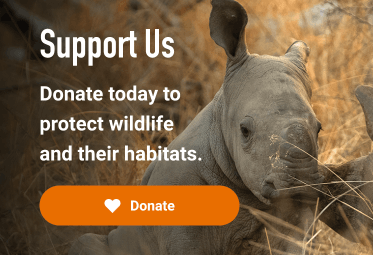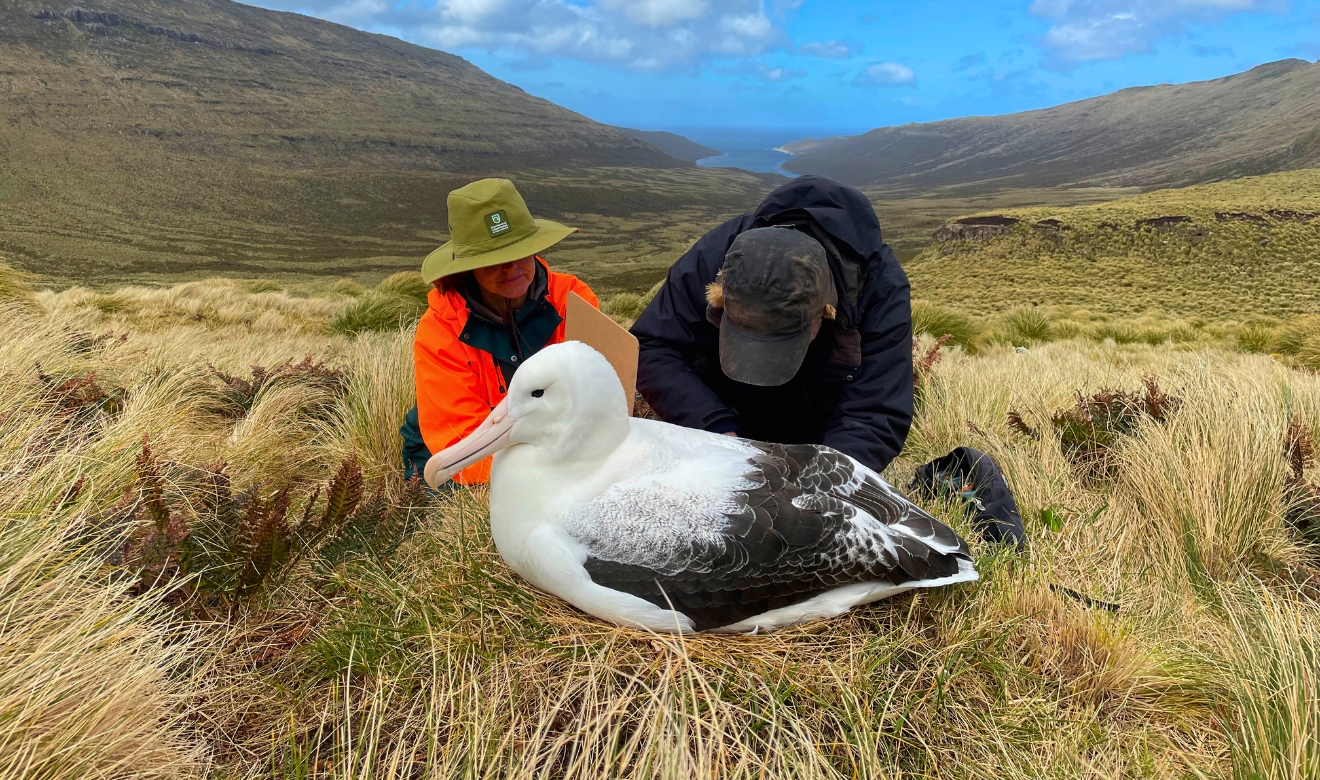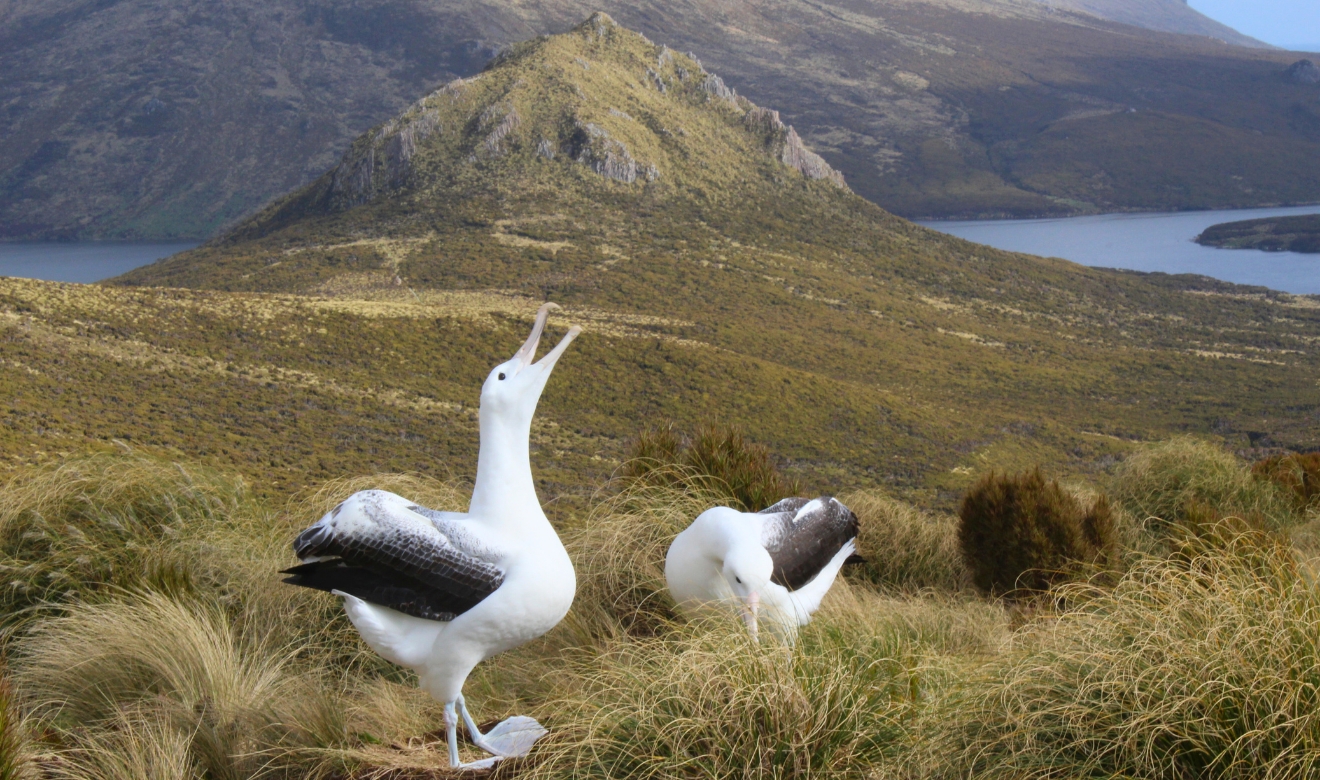Deep Foundation AI models for monitoring successful nesting sites
Partners: Victoria University of Wellington and Airbus Foundation
Key Species: Southern Royal Albatross
Key Ecosystems: Subantarctic, Seabird breeding zones
2025 Award Winner
Home to 99% of the global breeding population of the Southern Royal Albatross, Campbell Island sits over 700 km south of New Zealand, isolated in the heart of the subantarctic. These majestic birds, with wingspans stretching up to three metres, are revered by Kāi Tahu as taonga, or treasures. Yet, despite their grandeur, 15 of the world’s 22 albatross species are heading towards extinction. For conservationists, satellite imagery offers the only viable opportunity to regularly count and monitor this fragile population on the inaccessible Campbell Island.
Innovative conservation methods for majestic birds
Manual counts have relied on month-long expeditions across harsh, remote terrain, which are logistically complex and financially demanding. Historically limited to accessible study zones, such surveys have captured only a fraction of the albatross’ story. In response, researchers, led by Te Herenga Waka Victoria University for Wellington and the New Zealand Department for Conservation, are exploring a pioneering approach: leveraging deep learning and very high-resolution (VHR) satellite imagery to detect nests, estimate population sizes and assess breeding success—three vital metrics of species health. VHR satellite imagery (15 cm HD) and technical support are being provided by the Airbus Foundation and Connected Conservation to support this project.
Merging AI and HR satellite imagery with field-based validation
GPS-tagged nest data from key index areas, collected annually, will be used to validate the development of new machine learning algorithms to detect active and abandoned nests. Tiny white dots in the tussock grass signal a successful breeding site. These insights will empower conservationists and communities to better understand breeding trends and detect stressors, from climate change to bycatch from fisheries.
Long-term results with help from Earth Observation
By automating albatross monitoring, the project strives to offer a scalable, cost-effective blueprint for conservation worldwide. It reduces dependency on resource-heavy field expeditions, freeing capacity for broader seabird protection and research efforts.






